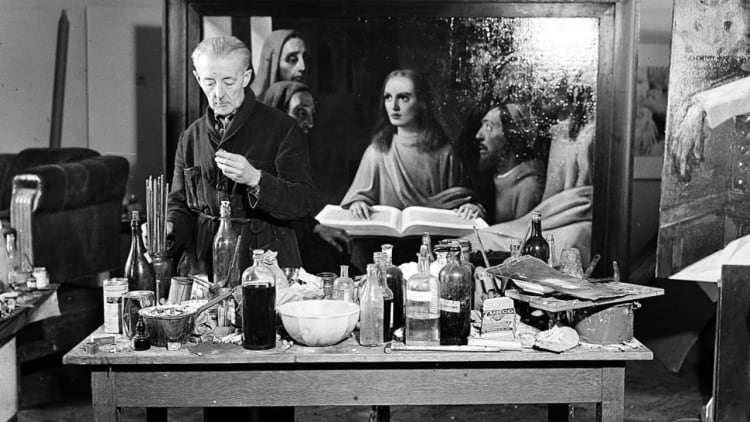Johannes Vermeer (1632-1675) is considered as one of the greatest masters of Dutch painting of the 17th century. He occupies a very special place in the history of painting and is one of the most important painters of the Dutch Golden Age. Let's discover 10 things to know about "the Sphinx of Delft".

1 - He was born in Delft
Vermeer was born on 31 October 1632 into a family of merchants in the Dutch city of Delft, a city that was attached to the House of Orange at the time.
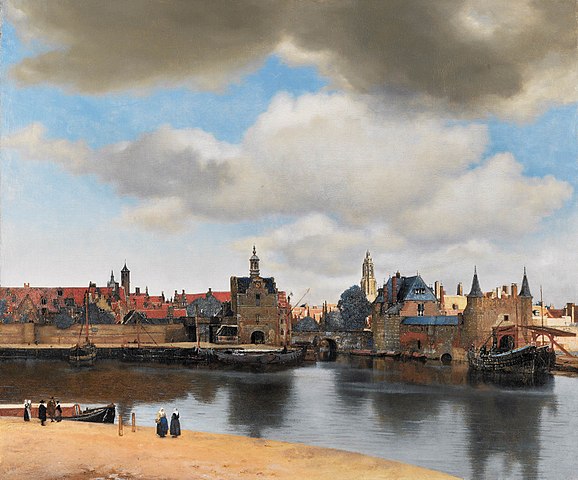
View of Delft, Johannes Vermeer, 1659-1660, Mauritshuis, The Hague
His father was a rather unstable and eccentric person, he had a career as an art dealer, but he ended his life in debt.
2 - He had at least 15 children
Vermeer and his wife, Catharina Bolnes, are said to have had fifteen children. Unfortunately, four of them died very young.
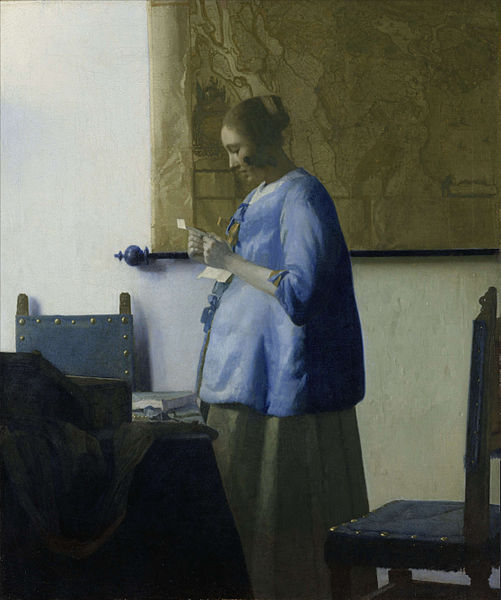
Woman in Blue Reading a Letter, Johannes Vermeer, 1662-1665, Rijksmuseum, Amsterdam
Although the painter enjoyed periods of financial prosperity, he had some difficulty in paying for everyday expenses and his large family did not help him to stabilise his finances in the long term.
Read also: Rembrandt's Night Watch returns to original size thanks to artificial intelligence
3 - Vermeer was a renowned art dealer and expert
In addition to being a brilliant painter, Vermeer also practiced his father's profession: art dealer. In 1662, he became head of the St Luke's Guild, at the age of 30, and was even reappointed the following year.
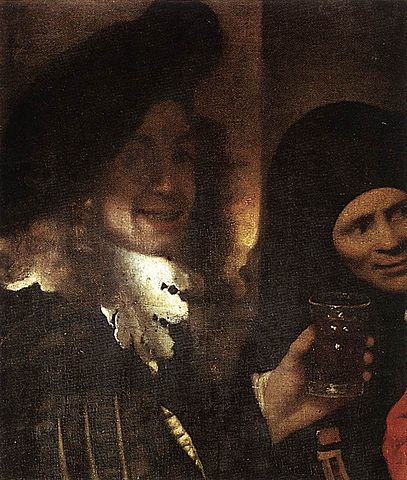
The Procuress, detail, presumed self-portrait, Johannes Vermeer, 1656, Gemäldegalerie Alte Meister, Dresden
Vermeer was also appreciated as an art expert and regularly took part in authentication missions for artworks.
4 - Only 37 paintings are attributed to him
The recognition of this artist is far from being proportional to his production. Today, only 37 paintings are attributed to Johannes Vermeer.
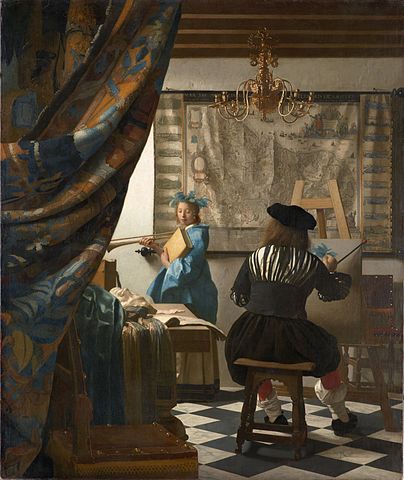
The Art of Painting, Johannes Vermeer, 1666, Kunsthistorisches Museum, Vienna
These precious paintings are spread over the Netherlands, the United States, France, Scotland, Germany, Austria, Japan, Ireland and England.
5 - The lack of knowledge about the artist attracted forgers
After his death on 15 December 1675, the art of Vermeer of Delft fell into oblivion, particularly because the patrons of the time were more focused on historical and religious painting than on the genre painting Vermeer practised.

The Astronomer, Johannes Vermeer, 1668, Musée du Louvre, Paris
Vermeer was only rediscovered in the 19th century by the French art historian Théophile Thoré, and he returned to the artistic forefront in the 20th century. However, the lack of information, the profound misunderstanding of his work and the disappearance of certain paintings have inevitably led to a proliferation of fakes.
It should also be noted that when Vermeer was alive, his fame never went beyond the borders of the United Provinces and even the town of Delft!
6 - Elements are recurrent in his paintings
Vermeer's work consists largely of paintings of interiors and intimate scenes. Vermeer is very meticulous in his treatment of light and in his rendering of perspective effects.
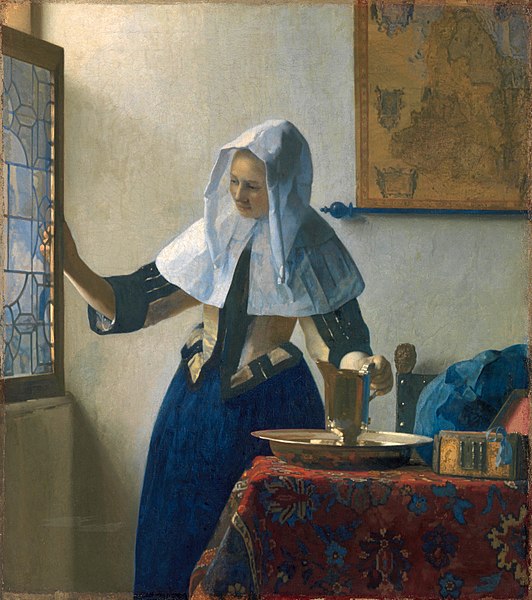
Young Woman with a Water Jug, Johannes Vermeer, 1658, Metropolitan Museum of Art, New York
This painter of tranquillity and silence often integrated into his oil paintings everyday objects and furniture or objects symbolic of the power and expansion of the United Provinces: nautical charts, objects imported from distant journeys, globes...
Also, how can we fail to mention Vermeer's windows, as they are so present and play such an important role in his works.
"You told me that you had seen some of Vermeer's paintings; you realise that they are fragments of the same world, that it is always, whatever the genius with which they are recreated, the same table, the same carpet, the same woman, the same new and unique beauty, an enigma at this time when nothing resembles it or explains it, if one does not seek to relate it by the subjects, but to bring out the particular impression that the colour produces." Marcel Proust in 1925
7 - He used the camera obscura
Most art historians agree that Vermeer's paintings are so subtle and precise in their use of light and perspective because of his use of the camera obscura.
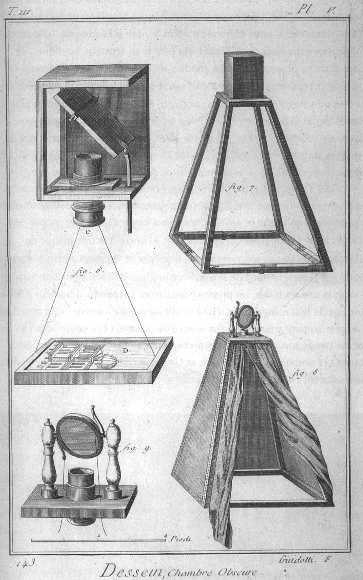
The darkroom in Diderot and d'Alembert's Encyclopédie in 1772
This "darkroom" made it possible to project the light reflected by objects onto a flat surface, which gave the painting of the Sphinx of Delft the precision of a goldsmith.
8 - Vermeer left no sketches or preparatory drawings
Curiously, no sketches or preparatory drawings by the Delft master are known to date, and his creative process is still shrouded in mystery.
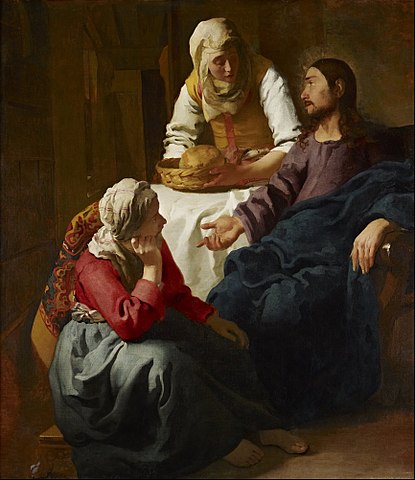
Christ in the House of Martha and Mary, Johannes Vermeer, 1655, National Gallery of Scotland, Edinburgh
Even more astonishingly, after scientific analysis, no guide lines were detected under the paint layers of his paintings, which shows what a genius he was and only confirms that the camera obscura enabled him to achieve true technical prowess.
9 - Like his father, Vermeer died in debt
The year 1672 is known as 'the Rampjaar' ('disastrous year' in Dutch). The United Provinces were hit by a serious economic crisis following the double attack on the country: by Louis XIV on the one hand and by the English fleet on the other. As a result, the art market came to a complete standstill for some time. Vermeer was forced to borrow the sum of 1000 florins from Amsterdam.
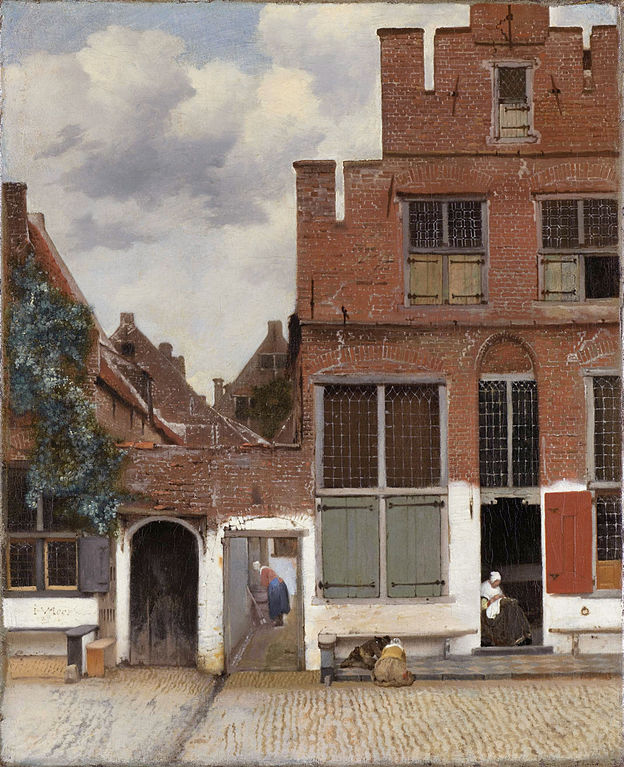
The Little Street, Johannes Vermeer, 1658, Rijksmuseum, Amsterdam
In 1674, van Ruijven, Vermeer's main patron, died, and the artist was no longer able to sell his paintings and those he owned as an art dealer. This dramatic situation took its toll on Vermeer, who died the following year at the age of 43, leaving his wife and eleven children under a mountain of debt.
10 - He inspired American cinema
His mythical painting The Milkmaid has been widely used in advertising, but in addition to inspiring a brand of yoghurt, Vermeer also inspired Hollywood. In 2003, Peter Webber directed a film adaptation of the 1999 book, Girl with a Pearl Earring by Tracy Chevalier. Both the film and the book were a great success.
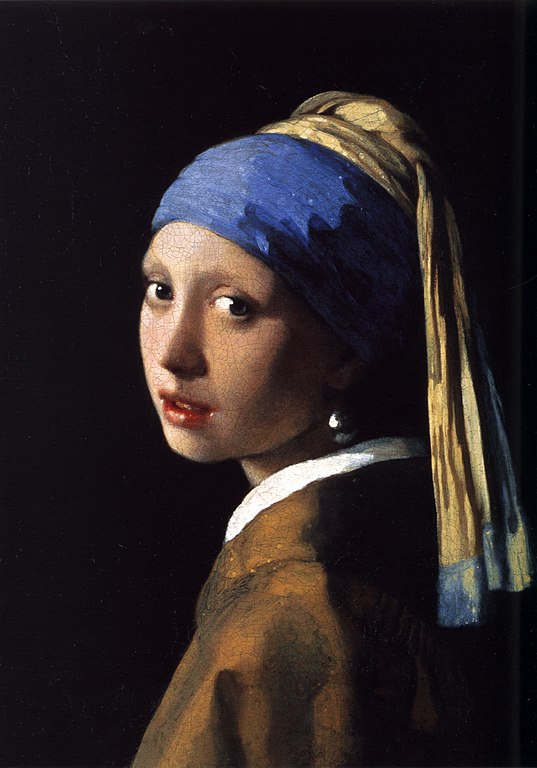
Girl with a Pearl Earring, Johannes Vermeer, 1665, Mauritshuis, The Hague
Often referred to as the Mona Lisa of the North, the painting Girl with a Pearl Earring is now kept in the Mauritshuis in The Hague and continues to be a dream for lovers of Vermeer's art.




